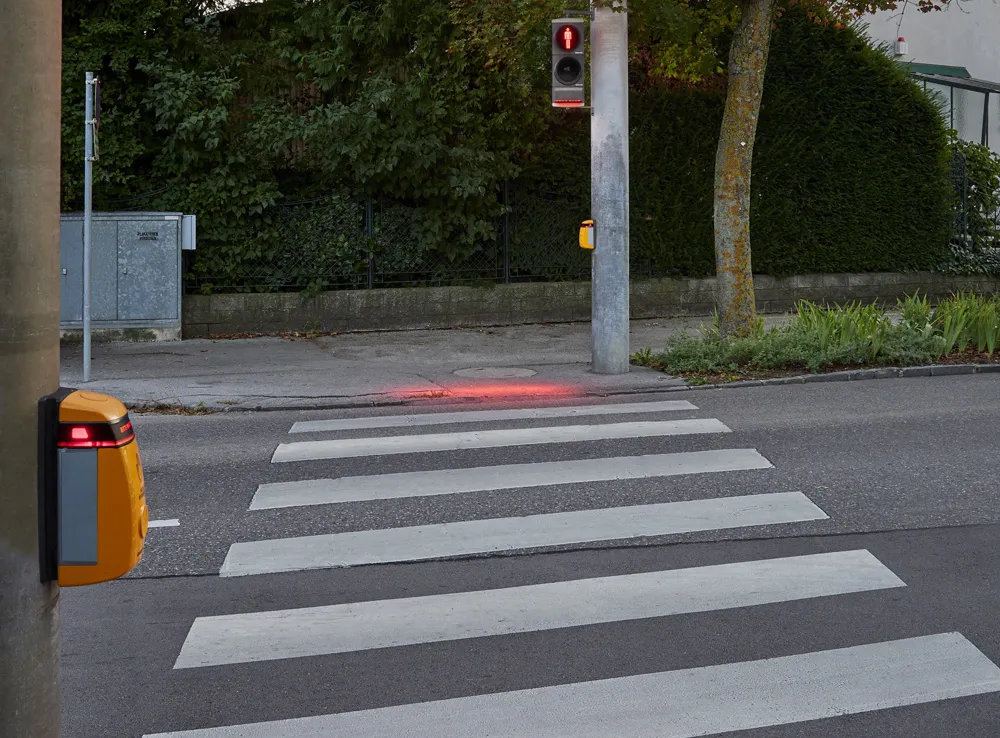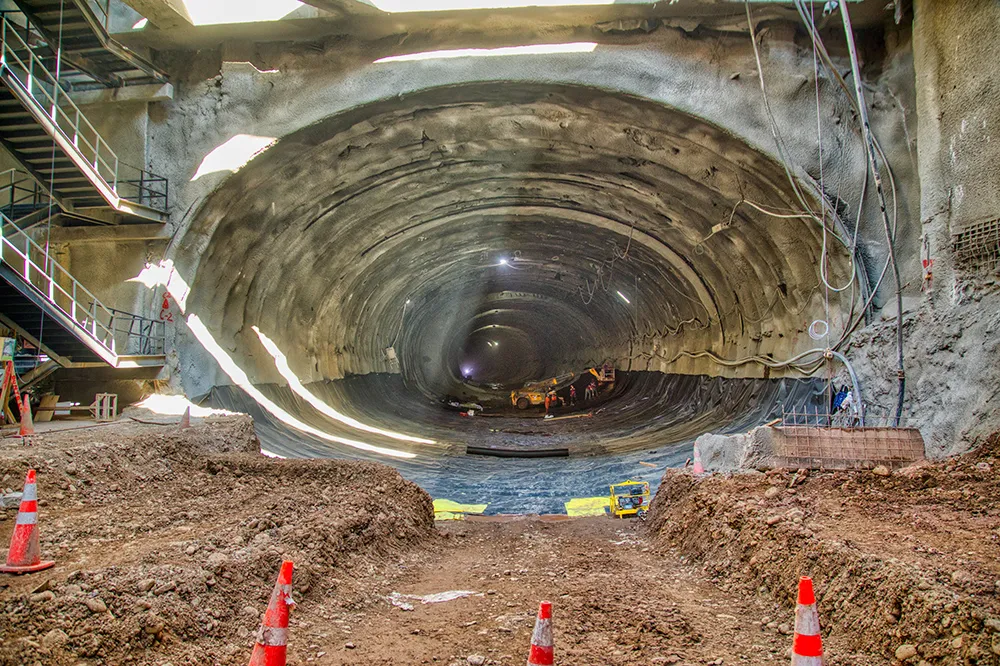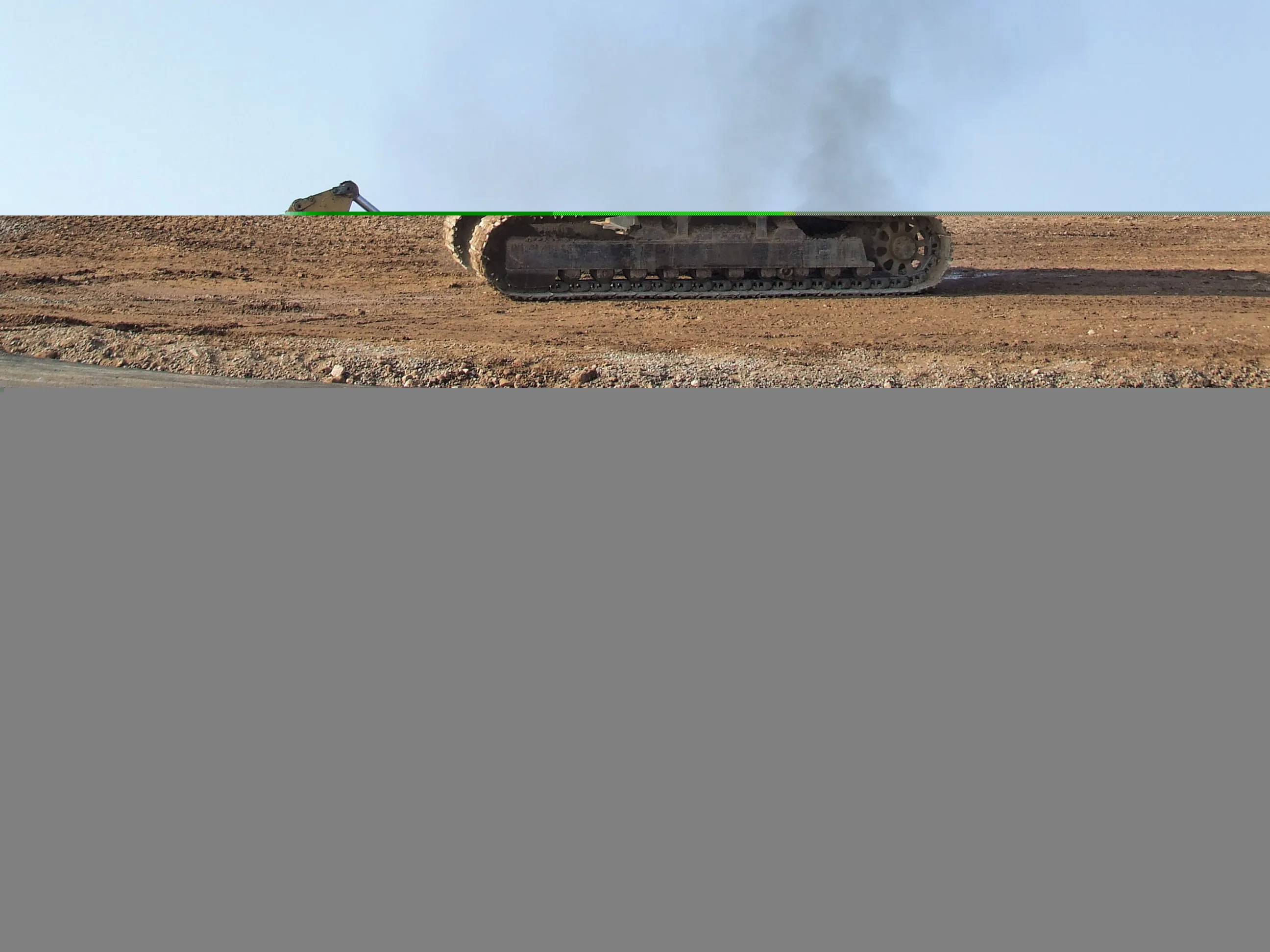The Norwegian government has set aside €2.6 million to improve narrow county roads and reinforce smaller bridges.
The goal is to upgrade the assets to handle heavier logging trucks in an effort to reduce the number of vehicles and cut down on congestion and CO² emissions, said Jon Dale, minister of transport and communications.
According to the government calculations, stronger bridges on narrow roads could reduce traffic by 25%.
March 25, 2019
Read time: 1 min
The Norwegian government has set aside €2.6 million to improve narrow county roads and reinforce smaller bridges.
The goal is to upgrade the assets to handle heavier logging trucks in an effort to reduce the number of vehicles and cut down on congestion and CO² emissions, said Jon Dale, minister of transport and communications.
According to the government calculations, stronger bridges on narrow roads could reduce traffic by 25%.









